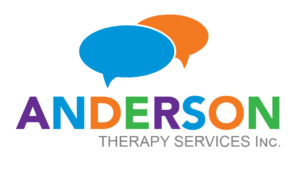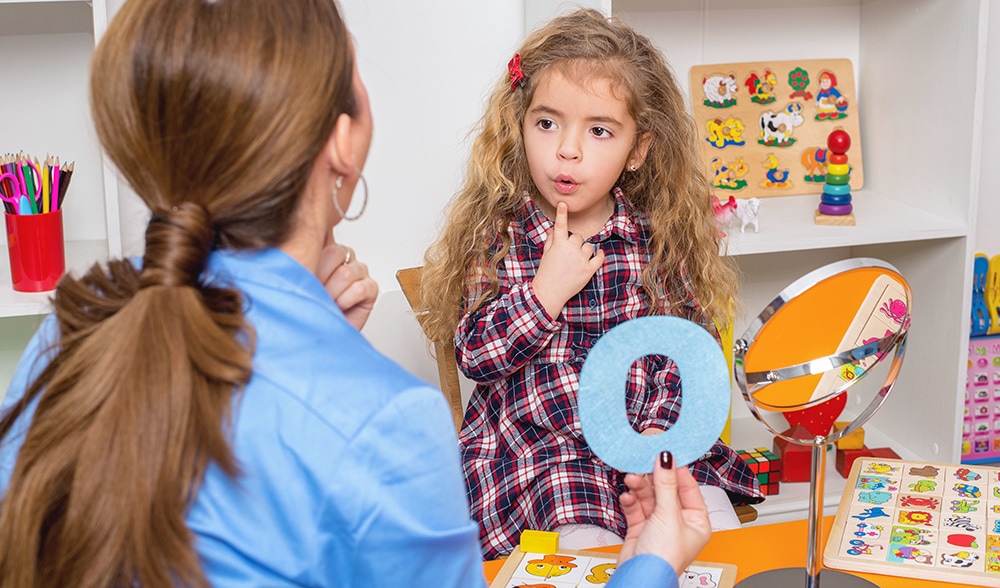How Do I Help My Child Say Longer Sentences?
If you are reading this, I assume you are curious as to when and how children learn to put words together to form sentences. Speech therapists often look at how many words a child says on average to gauge if his or her language development is on track. How we do this and what we are looking for can be pretty technical. But a good rule of thumb is that children should be using word combinations that are pretty close to their age in years. For example, we would want a two year old to be using approximately two to three words per utterance. This is of course an approximation but you get the idea.
If you have any concern that your child is not using long enough sentences to convey ideas it is always a good idea to have them assessed by a speech-language pathologist (SLP). A SLP can tell you if your child is on track, if there are any areas of language that they can support your child with, or if there are strategies that you can use to help your child increase the words that they use. Keep on reading for a few of these strategies below.
Increasing the number of words your child knows
So there is a lot that you can do to help a little person increase the words they can say. Start by thinking about the number of words that the child uses. The child will need to be able to say about 50 words before they start to combine words to make two-word utterances. A child may understand more words than they are using to express a message. Continue to support the learning of vocabulary by naming new items and ideas in your child’s presence. It’s kinda like being a commentator of the child’s everyday experiences, “I see the car. Go car. Oh, the car stopped. Stop car.” Children need repetition to learn new words so do not be scared to repeat many times.
Now, there is something else to remember. We often label nouns, these are the person, place, or thing words. But to be able to combine two or more words, we need to make sure we include other types of words, like action and location words. See a few examples below:
Actions
- jump, walk, eat, cry
Descriptors
- big, little, hot, wet
Locations
- up, down, in, out, on
Possessives
- mine, yours, his, hers
Greetings
- hi, bye
Other Functions
- yes, no, all hone, more
Be a language role model! Expand those utterances
So if you were the commentator in the example above, now you are going to the cheerleader. Your job now is to help your child say more words by expanding his or her communication attempts. You do this by giving them a model that is just a bit longer than what they said. For example, if the child says “drink milk,” repeat the idea in a simple, grammatically correct way, “yes, have a drink of milk .”
You are a cheerleader by being engaged in what the child wants to talk about and what they are experiencing at that moment in time. You are modeling a sentence that is a bit more complex. It’s like giving them a little boost to the next rung in the ladder.
Contact Anderson Therapy today to learn more about how our Speech-Language Pathologists can help!






